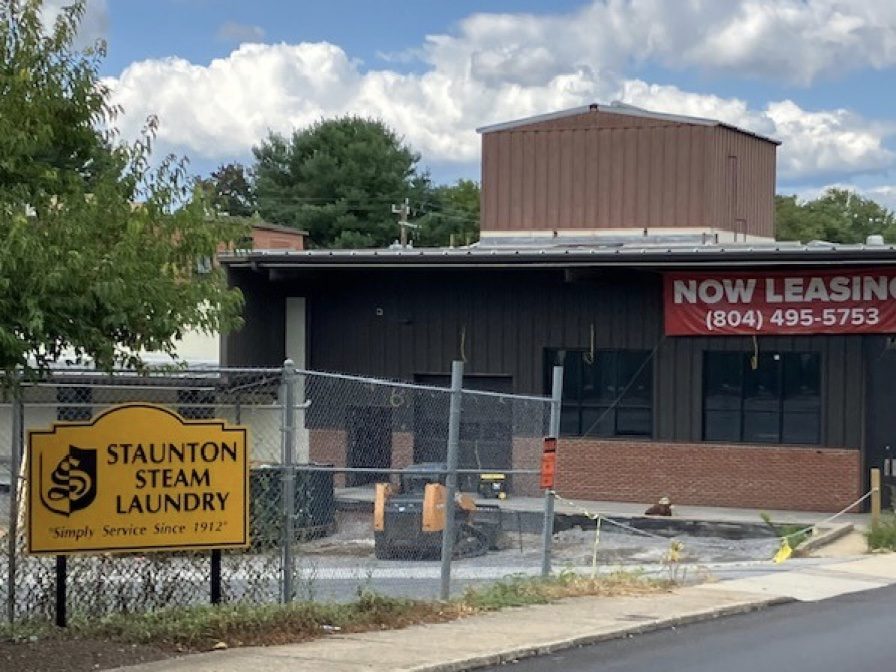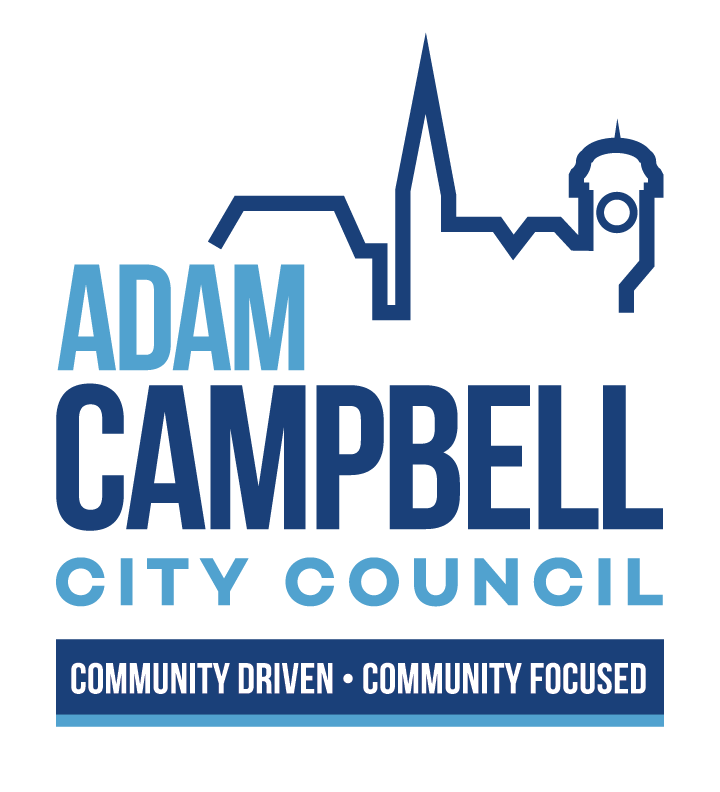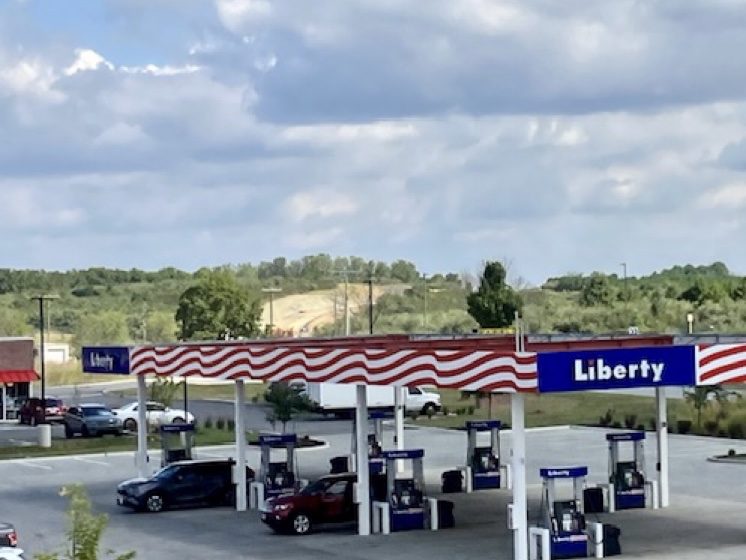Avenues Toward Economic Development
Economic development is always high on the list of needs for a community, particularly small cities like Staunton. Independent cities in Virginia often rely on tried-and-true economic drivers such as larger universities or government agencies. Or they may benefit from a location with reliable anticipated population growth. Otherwise, the ability to expand local revenue sources can be limited. City annexation, the traditional approach of adding land from neighboring counties to grow the local tax base needed to fund expanding services, is no longer an option due to a state moratorium imposed in 1987.
So, for cities like Staunton, what does economic development look like? And what exactly are our goals? Fortunately, there are numerous avenues that can help our city grow and prosper in a healthy and sustainable way. City leadership has a responsibility to understand and foster these multiple approaches, to take full advantage of any potential opportunities to move Staunton forward.
But what does “moving forward” really mean? From an economic development perspective, the concept is essentially stated within the city’s vision statement: A culturally rich, historic city with an exciting future of innovation, growth, and resilience.
Not a subscriber yet?
We can fix that!
With proper planning, we can continue to accommodate and encourage economic growth that provides benefits to all, while complementing the unique cultural and historic character that defines Staunton.
My goals for economic development in Staunton include the following:
Support our existing businesses
Studies show that most local economic growth is a result of the expansion of existing businesses. We are fortunate to have a diverse base of existing companies and organizations within Staunton, including two educational institutions and a wide array of independent restaurants, retail businesses, and industries. We also have a rich arts and entertainment scene, with any number of unique, cherished local venues prospering alongside our generous supply of nationally recognized cultural destinations.
Our city leadership needs to focus on more meaningful collaboration with existing businesses and organizations to understand their needs and to support them. I would like to explore ideas for programs to foster communication between local government and businesses to better help Staunton thrive. These programs would facilitate direct engagement between business owners and city or Staunton Economic Development Authority (EDA) staff to explore ways the city can maintain and improve a healthy business environment.
Help improve our entrepreneurial culture
Understanding the needs of Staunton’s small business community is a great first step. Providing meaningful support, flexibility, and creativity to improve our entrepreneurial culture must follow. The Staunton Downtown Development Association (SDDA) has done a great job providing this support for our downtown core, but we need to do more to invest in the entire city. Exciting opportunities exist for supporting entrepreneurs in areas that are prime for redevelopment such as the West End, where the new Juvenile and Domestic Relations Courts (J&DR Courts) facility is underway.
Our neighbors to the east in Waynesboro offer specific city-focused new business grants and support to start-up companies through the Grow Waynesboro program. This local initiative is a result of the success of the Shenandoah Community Capital Fund. Based in and initially focused on Staunton, this program has expanded to become a regional effort serving the entire Shenandoah Valley. With this expanded footprint, opportunities exist for additional Staunton-specific programs to complement the efforts of the Community Fund. You can find some similar opportunities on the Staunton EDA website. But rethinking this kind of program to improve awareness in a more user-friendly format such as Waynesboro’s can support our entrepreneurs and help foster a culture that invites fresh business ideas.
Encourage redevelopment and adaptive reuse
This one is big for Staunton, and we have seen some amazing successes over the past 20 years. Rehabilitating and reusing existing buildings—while honoring our unique architecture and sense of history—is critical to the future success of our city as a desirable place to visit and to live.
The Staunton Innovation Hub is a prime example of a start-up fostering creative entrepreneurial ideas while cleverly repurposing an endangered existing space (in its case, the News-Leader’s former printing and distribution facility downtown). Fortunately, we have several local developers committed to this approach. The Villages at Staunton, Staunton Steam Laundry, the Beverley Hotel building, the Arcadia Theater, and the renovations to 24 South are just a few examples of successful projects that invest in Staunton’s past to help us grow into the future. Outside of our downtown core, the new Micah’s Coffee and Grand Home Furnishings Outlet on Richmond Road are two great recent examples of local businesses reinvesting and expanding into existing buildings.
Staunton must continue to support and encourage reinvestment in existing buildings across the entire city—where it makes sense—for a wide variety of commercial and residential uses. We can do this by providing flexibility in our city code and development standards, while working with the development community towards creative solutions to potential site-specific challenges.


Support growth of tourism
Increasing tourism is also critical to Staunton’s current and future economic growth. We were just designated as a top Main Street in America by Country Living Magazine, and we win awards every year in regional and national media for the beauty and livability of our city. Our arts and cultural offerings are unmatched by any city of our size.
I see tremendous opportunities for more collaboration with Waynesboro and Augusta County for the promotion of regional tourism to our area. The outdoor recreational opportunities of our neighbors should be paired with the historic and cultural offerings of Staunton for a more complete tourism marketing approach. I propose we participate in a combined regional/statewide effort to invest in the Afton Mountain/Rockfish Gap area as a centralized Virginia tourism center, acting as a southern gateway to Shenandoah National Park and the Shenandoah Valley.
Additionally, with recent agreements between CSX and the state regarding ownership and operating rights on the rail line through Staunton, Buckingham Branch Railroad has launched already-successful tourism train excursions. We should explore partnerships with Buckingham Branch to expand these offerings. For example, how about a weekend getaway train to Staunton from more heavily populated areas of the state?
Staunton Crossing
The addition of new hotels, service stations, and fast dining restaurants in recent years near the Richmond Road/I-81 interchange has been a big positive for the city, capturing local revenue from interstate travel.
Beyond that, though, the potential of Staunton Crossing as a future economic generator is tremendous. In its marketing for the project, the city describes Staunton Crossing as a 275-acre, publicly-owned economic development site suited for light manufacturing, logistics, food processing, medical, and data center development.
Located between Richmond Road, North Frontier Drive, and I-81, this site was purchased by the city from the state in 2009, when Western State Hospital relocated just to the north. The city later updated our master plan for the property to focus on the uses listed above rather than retail and residential to support higher-paying, technical jobs.
The city must continue to invest in this property in order to realize its potential benefit. Staunton has been working with the Virginia Economic Development Partnership (VEDP) for the past 10 years, identifying and implementing the necessary investments to make the property a VEDP business-certified site. The city expects this to vastly improve marketability. To date, the city has received approximately $12 million in state grants to provide the necessary transportation and utility infrastructure, which is currently under construction. We are moving closer and closer to making the vision of an economic windfall for our community a reality.
Economic development for Staunton involves a broad range of ideas, from supporting small start-ups to major manufacturers, from our downtown core to the city’s very limits and beyond, and from building new facilities to creatively re-imagining historic properties. What all of this highlights is the extraordinary diversity of resources we have available in our small city to help us grow into the future in a way that honors our past and present.


